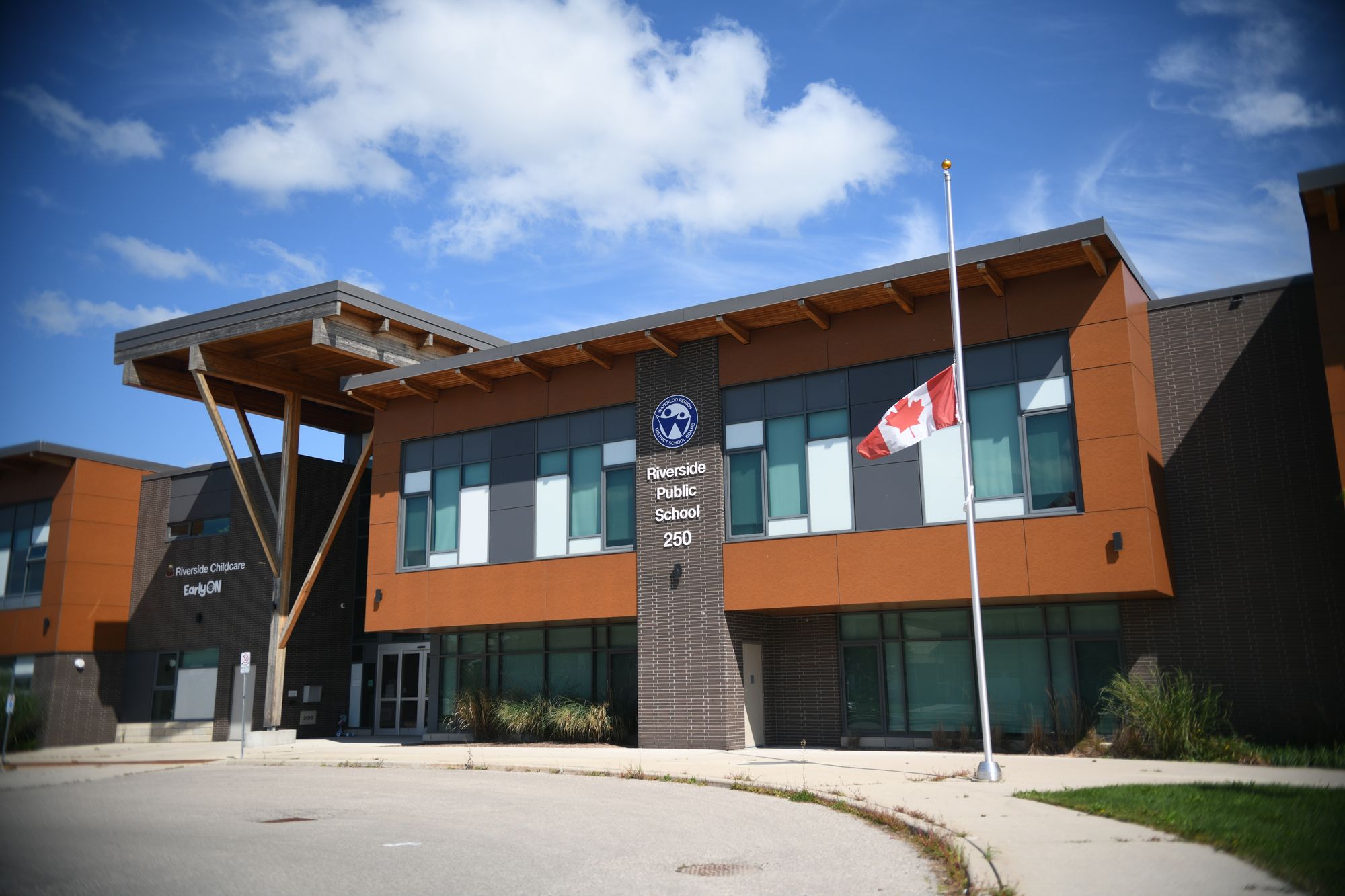Staff with the Ontario Council of Hospital Unions and the Canadian Union of Public Employees say that the number of hospital beds and staff planned for the province will not nearly meet the projected need.
The two organizations jointly released a report last week entitled ‘The Hospital Crisis: No Capacity, No Plan, No End’ detailing calculations about the number of health care beds and staff that will be needed compared to how many the province has announced for the near future.
“The government has planned 3,000 beds for the whole province in the next 10 years which equates to an annual growth of 0.79 per cent,” said Zaid Noorsumar, a spokesperson for CUPE, in an email. “However, that is woefully insufficient. Based on population growth and aging data, we believe Ontario needs 8,000 beds within the next four years (5.2 per cent increase versus 0.79 per cent).”
The report said that this increase of 3,000 hospital beds over the next ten years will not come close to, “covering off increasing demand for services due to population growth, which according to provincial government projections, will be about 15 per cent. The demands on health care will be much more than this, however, due to a rapidly aging population.”
Zair addressed what this means for Waterloo Region specifically. “Citing the latest available data, we estimate that the province must improve staffing levels and bed capacity by 22 per cent [in each region] to meaningfully address patient needs over the next four years. In the Region of Waterloo, that equates to 1,030 additional staff and 167 more beds.”
The report said that people aged 65 and older used 59.5 per cent of the hospital bed days available in the province in 2021 and 2022, citing data from the Financial Accountability Office of Ontario.
That means that of the 36,500 existing hospital beds available, 21,535 beds are needed for the elderly population alone, which will continue to grow by three per cent each year, twice the rate of the overall population. The populations over 75 and over 90 are expected to grow the fastest. For example, the 90-plus population will grow from 137,000 in 2021 to 430,000 in 2046.
When asked to respond to accusations that the province’s plans are inadequate for the forthcoming need, Mike Harris, MPP for Kitchener-Conestoga replied, “Since 2018 our government has increased the health care budget by over $16 billion, grown our health care workforce by over 63,000 nurses and 8,000 new physicians and built 3,500 hospital beds across the province. But we know more needs to be done.”
Other efforts, he said, include approving 50 hospital developments over the next ten years to add those 3,000 beds, launching a medical school expansion at McMaster University, allowing health care workers registered in other provinces and territories to immediately start working in Ontario, removing barriers to internationally trained health care workers and expand the Learn and Stay grant for nursing, paramedic, medical laboratory technologist students. He also mentioned the new hospital planned for Waterloo Region.
A grant to begin planning the new hospital was given to Grand River Hospital and St. Mary’s General Hospital staff last spring. This new hospital is proposed to have about 1,200 beds, while Grand River Hospital will become an urgent care centre and the Freeport Campus would be expanded for rehabilitation services. What will happen with St. Mary’s General Hospital is still under consideration.
Zaid says the new hospital won’t be built in time to address the needs projected for the shorter term.
“It appears that the new hospital won’t be built until 2034,” she said. “So it doesn’t help address the need for 165-170 additional beds needed by 2027, it means that the deficit in capacity will only worsen over the next 10-11 years.”
The organizations are calling for the government to aggressively recruit hospital staff who are no longer working, back into the workforce. The report says there are 15,000 licensed nurses who are not practicing. Other recommendations include banning the use of nursing agency staff, increasing wages, dropping the appeal of Bill 124, putting meaningful hiring incentives in place to boost short-term hiring effort, increasing the amount of full time work and reducing workplace violence in health care.








